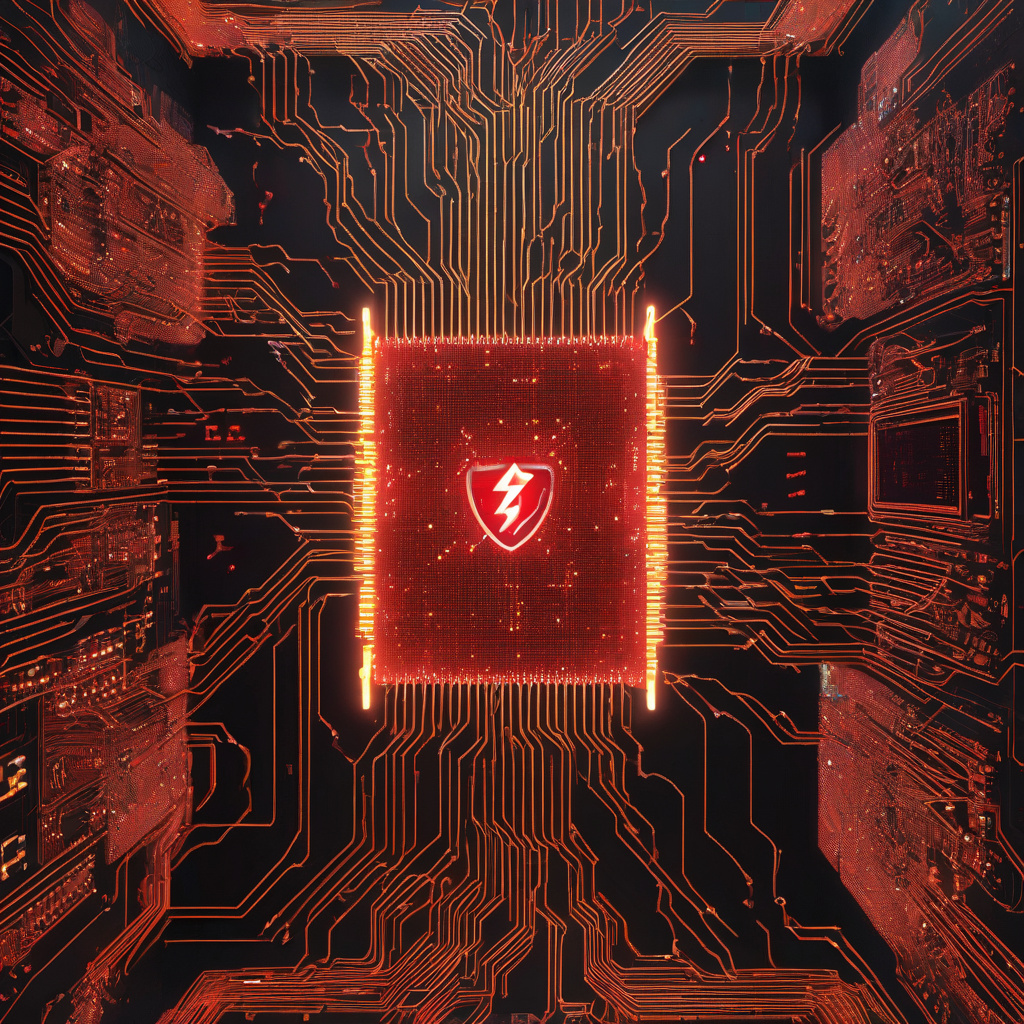Critical Security Flaws Uncover Vulnerabilities in PyTorch Lightning Deep Learning Framework
PyTorch Lightning, a go-to deep learning framework for many developers, recently fell under the security spotlight due to the unearthing of critical vulnerabilities. These security loopholes, encapsulated under the reference VU#252619, pose a significant threat across all versions of PyTorch Lightning, including the recent 2.4.0 release. The crux of the issue lies in deserialization vulnerabilities, a gateway for potential attackers to infiltrate systems by leveraging untrusted model files.
In the realm of deep learning, where the stakes are high and data integrity is paramount, such security breaches can send shockwaves through the developer community. The ability for malicious actors to execute arbitrary code not only compromises the confidentiality of sensitive information but also undermines the trust placed in foundational frameworks like PyTorch Lightning.
The discovery of these vulnerabilities serves as a stark reminder of the evolving threat landscape that developers face in an increasingly interconnected world. As technology advances, so do the sophistication and diversification of cyber threats. In this light, staying vigilant and proactive in addressing security vulnerabilities is not just a best practice but a necessity in safeguarding digital ecosystems.
Fortunately, awareness is the first step towards mitigation. By acknowledging these security flaws, the developer community can rally together to address the vulnerabilities, fortify the framework, and enhance security measures. Transparency and swift action in response to such incidents are instrumental in maintaining the integrity and reliability of essential tools like PyTorch Lightning.
Ultimately, the onus lies not only on the framework maintainers but also on developers utilizing PyTorch Lightning to adopt robust security practices. This entails verifying the sources of model files, implementing secure coding practices, and staying informed about security updates and patches. Security is a shared responsibility, and collective efforts are vital in fortifying the defenses against potential threats.
In conclusion, while the discovery of security flaws in PyTorch Lightning may raise concerns, it also presents an opportunity for the developer community to unite, reinforce security protocols, and emerge stronger from this collective challenge. By prioritizing security, vigilance, and collaboration, developers can navigate the intricate landscape of deep learning with resilience and confidence, ensuring that frameworks like PyTorch Lightning remain pillars of innovation and trust in the digital age.

